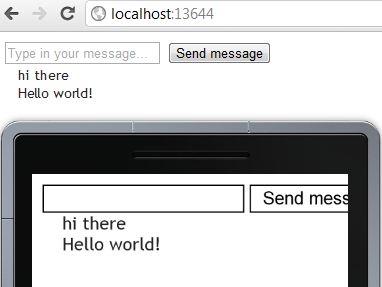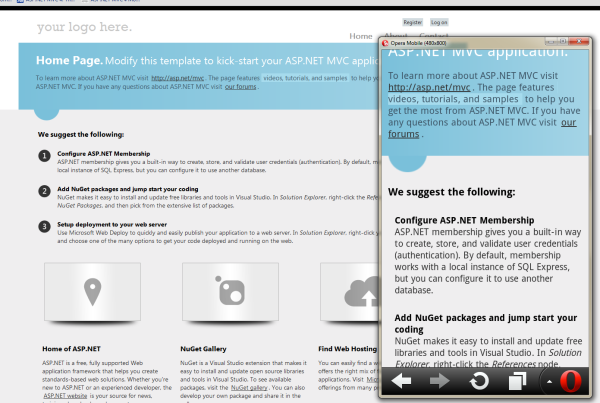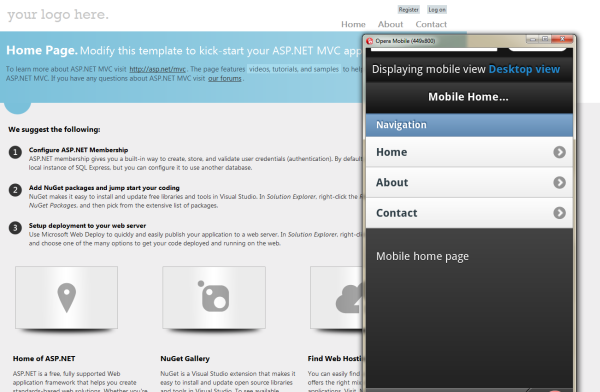Performance measurement ASP.NET MVC vs. WebAPI
I’ve been playing around with WebAPI for a couple of days now and I’m quite pleased with most of it so far. At work we have a stripped down a MVC3 site (threw away the M and the V) for ur public REST interface. Except for the ugly ActionResults in the controllers we are satisfied with it so far. I’ve read some articles on how the web api pipeline is supposed to be more optimized so I thought I’d put it up for a test before trying to sell in the platform upgrade to our product owners, also it would result in our first major version bump so we need to be sure that we can benefit from it and not just do it for the sake of fun (for me :-)).
The server side is a simple controller with 4 actions, 1 get, 1 post, 1 put and 1 delete method that only returns a status code, no I/O or business logic we just want to compare the pipelines. The test will run a five parallel threads executing 100 000 requests all together. The MVC site is hosted on a IIS 8 Express server and the WebAPI is both self hosted and hosted on a IIS8 Express server. The test was performed on my developer laptop running on Intel Core i7 CPU @ 2.67 (dual core with two threads on each CPU), 8GB RAM and 64 bit Win7 operating system.
| Avg. request time (ms) | Total run time (s) | Requests per second | |
|---|---|---|---|
| MVC (IIS) | 0.42 | 41.83 | 2391 |
| WebAPI (IIS) | 0.35 | 35.06 | 2852 |
| WebAPI (Self Hosted) | 0.12 | 11.67 | 8567 |
The results don’t say much since the average request time is very fast in all three cases but a relative comparison shows that MVC vs. WebAPI on IIS is ~20% and the self hosted console application is a whole ~260% faster. Although this pure pipeline time will be negligible when adding business logic with I/O operations or even a single WCF call (~50ms perhaps?).
There’s a whole lot more I could write about asp.net webapi but I’ll save it for future blog posts and leave you with the performance measure for now.
The code for the test is available for download here, please don’t contact me about translating it to VB ;-)
Peace!



